How to get fit for hiking
Learn how to get fit for hiking with 6 steps to take before you hit the trail to improve your efficiency cut down on your risk of injury
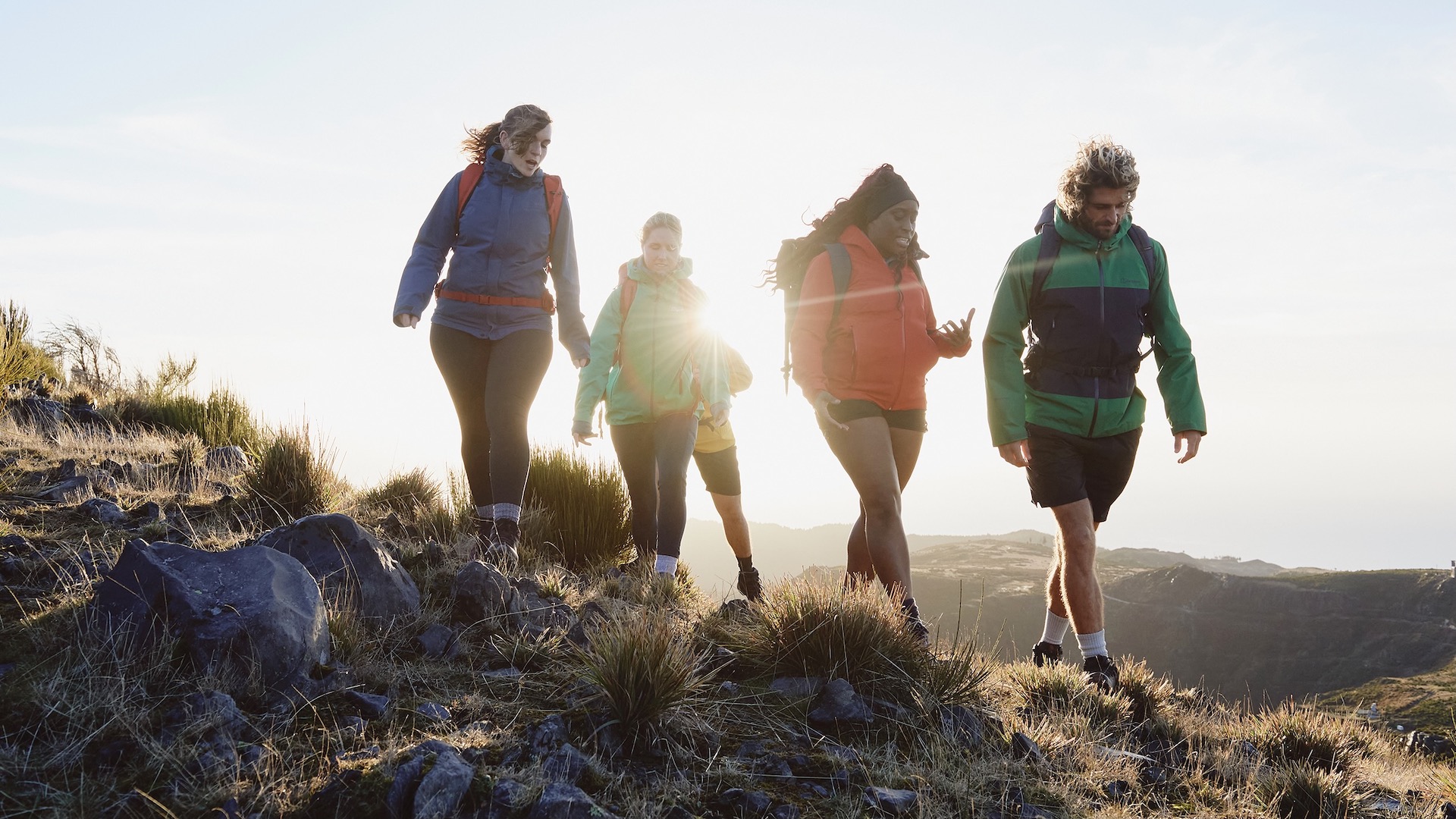
Getting fit for hiking might seem like kind of a pointless exercise. After all, don’t you go hiking in order to get fit? Well, yes, hiking is great exercise, but if you’re new to it, returning to the hills after an injury or long break, or you’re training for a long distance hike, getting in shape before you go is a really sensible idea. After all, if you overdo it without the proper conditioning, or have bad postural or walking habits that get reinforced with all of those miles of walking, you could end up injuring yourself or even just not walking as efficiently as you’d like. Learning how to get fit for hiking helps you to increase your stamina and improve your leg strength before you hit the trail, so that you can go further and have a good time while you’re doing it. So before you even lace up your hiking boots, make sure you integrate these six tips into your routine.
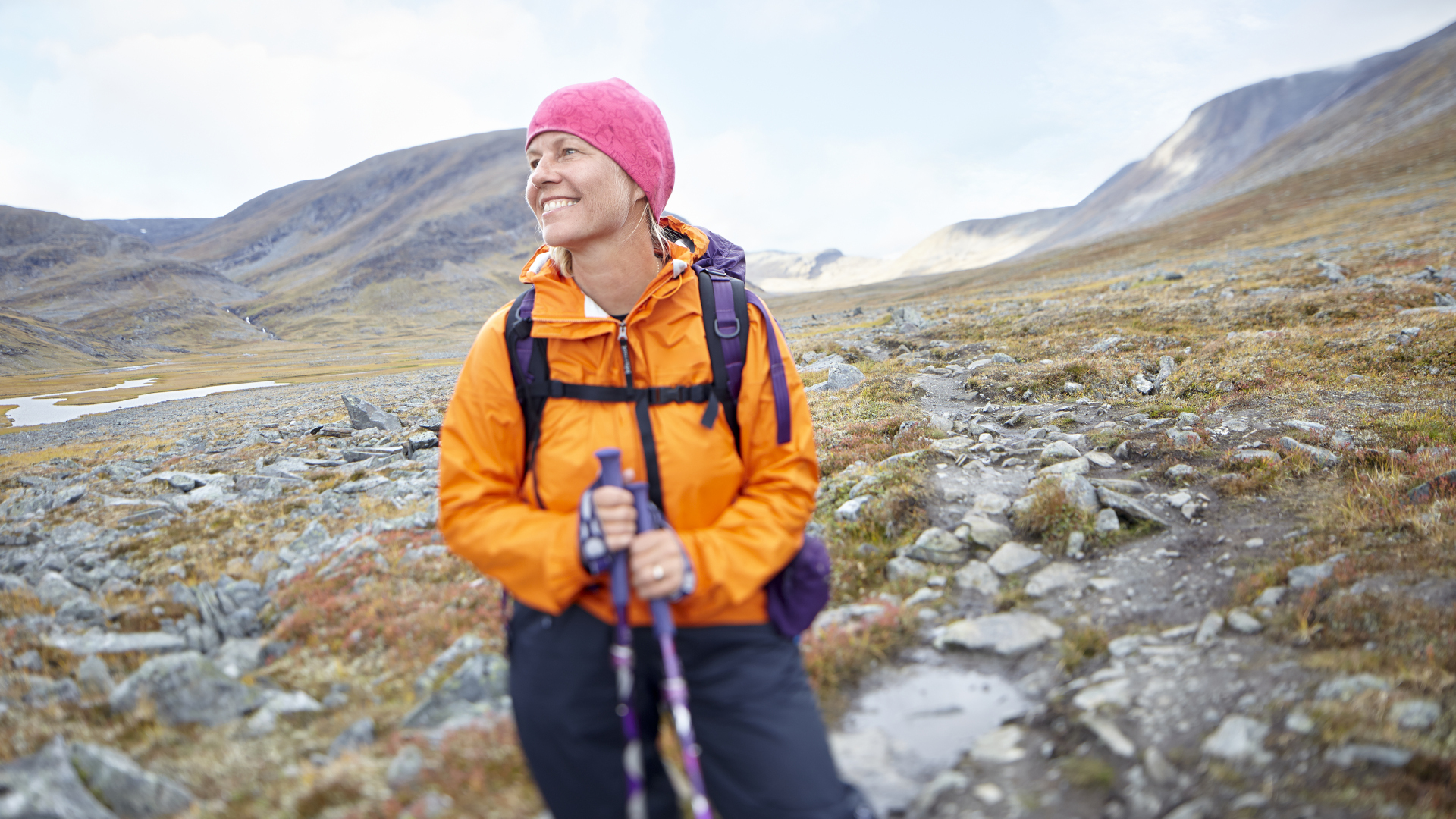
1. Walk, walk and walk some more
Let’s face it, a lot of us barely walk anywhere anymore. You drive to work and sit at a desk all day. Even if you’re active, you probably drive to the gym where you do cross training that doesn’t involve many steps at all, then you drive home and sit down some more on the couch. Ok, we don’t know exactly what your routine looks like, but the point is that you can be active and still not do a whole lot of actual walking. If this is the case, before you start climbing mountains, start adding more functional walking into your daily routine.
Walk to work if you can; if you can’t, take a walk on your lunch break. Walk to the store instead of driving or park your car a little further out when you’re going into town. Basically, whenever you can safely and feasibly walk somewhere, do it. It might seem like it takes up more time than driving, but often you’ll find that by the time you’ve circled the block looking for a parking space, you might as well have walked. It’s better for your health and the planet.
To keep track of how much you’re walking, we highly recommend investing in a fitness tracker or GPS watch for running, and do so while wearing your hiking shoes or boots, as this will give you a good chance to break them in.
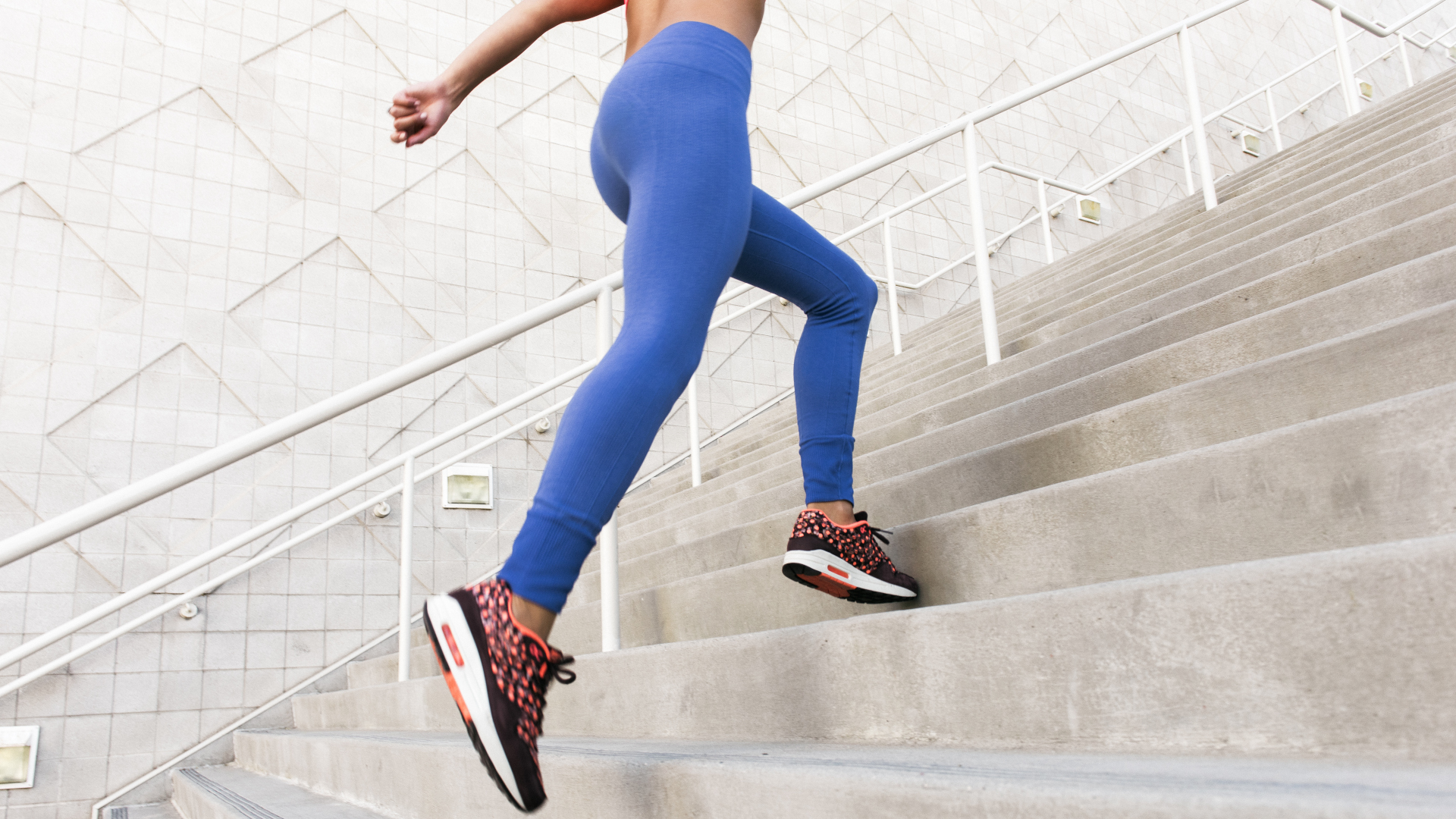
2. Take the stairs
Walking on the flat is a great way to maintain general, functional fitness, but it’s no replacement for scrambling up steep slopes. Since hiking tends to involve quite a bit of incline, it’s a good idea to start climbing before you get to the trailhead. Skip the elevator or escalator and take the stairs whenever possible ,which research has shown helps improve VO2 max.
Climb stairs as part of your workout routine and focus on engaging your hip flexors to lift your knee, and engaging both your glutes and your quads as you drive your heel down to straighten your knee and come into hip extension. Make sure you also take the stairs down so you can practice engaging your quads on the descent and in both directions, ensure that your knee isn’t dropping inward. If you’re a gym rat, start spending 10 - 15 minutes on the Stairmaster a couple of times a week while you’re there.
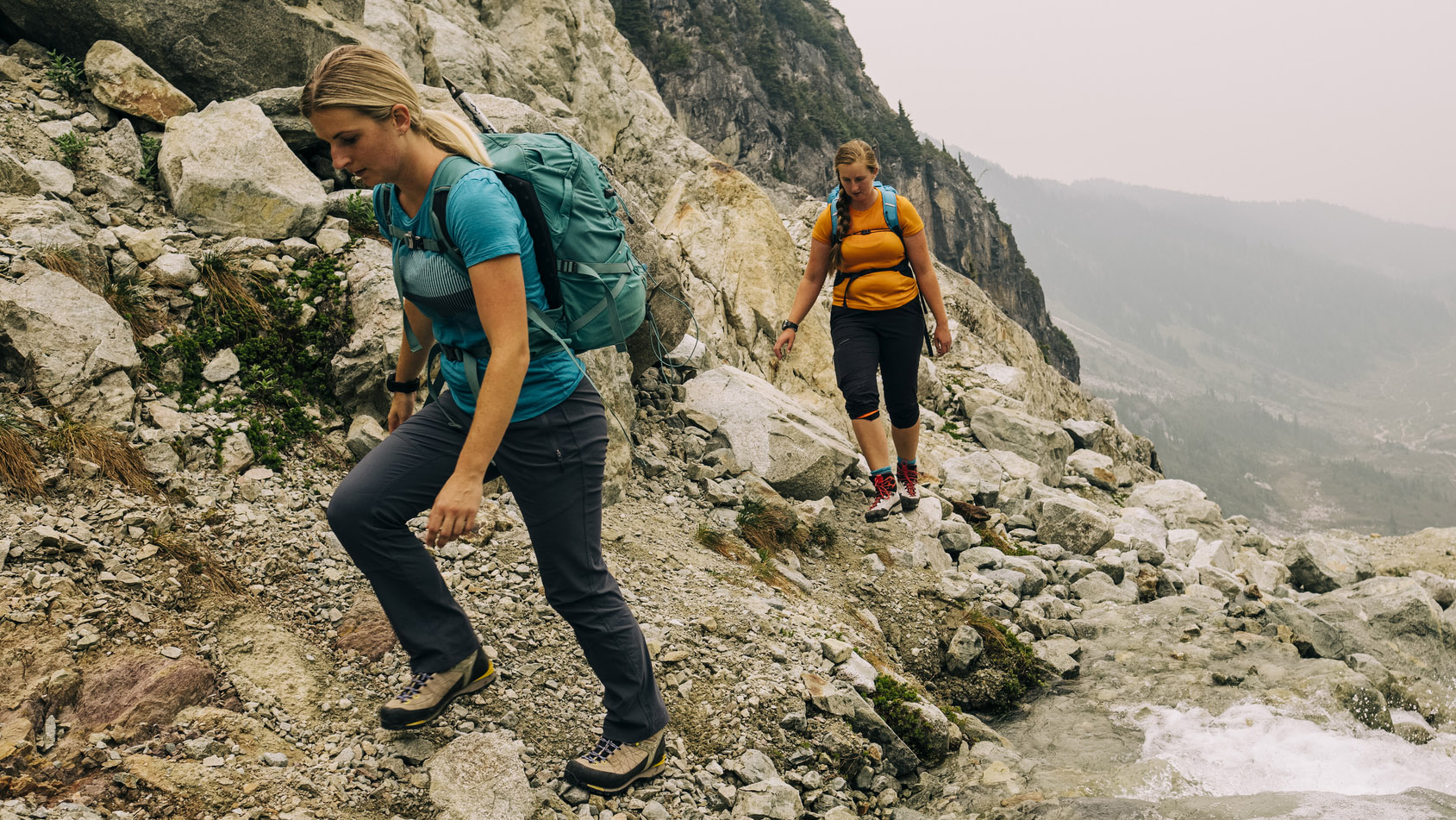
3. Cardio plus strength training
At the most basic level, hiking involves low impact cardiovascular activity combined with leg strength, so make sure that you are training both of these systems. Any low impact aerobic training will support you once you get on the trail – walking, swimming, cycling, elliptical, jogging and even yoga – especially if you’re doing it for a substantial period of time. Aim for at least 60 minute bouts of low intensity cardio several times a week to start to build your heart and lung power so that you’re not getting out of puff on the trail, which can be uncomfortable as well as discouraging. You can also use a heart rate monitor to make sure you’re staying in heart rate zones 2 and 3.
Advnture Newsletter
All the latest inspiration, tips and guides to help you plan your next Advnture!
You also want to be training leg strength before you hit the hill to help with endurance, reduce injury risk and decrease your chances of muscle soreness following a hike. Hiking relies on strong, functional glutes, hip flexors, quads, hamstrings and calves, so consider pilates, yoga for leg strength and yoga for glute strength exercises, working out with resistance bands and common exercises for hikers such as squats and lunges. Always consult a professional trainer or physical therapist for help approaching these exercises safely.
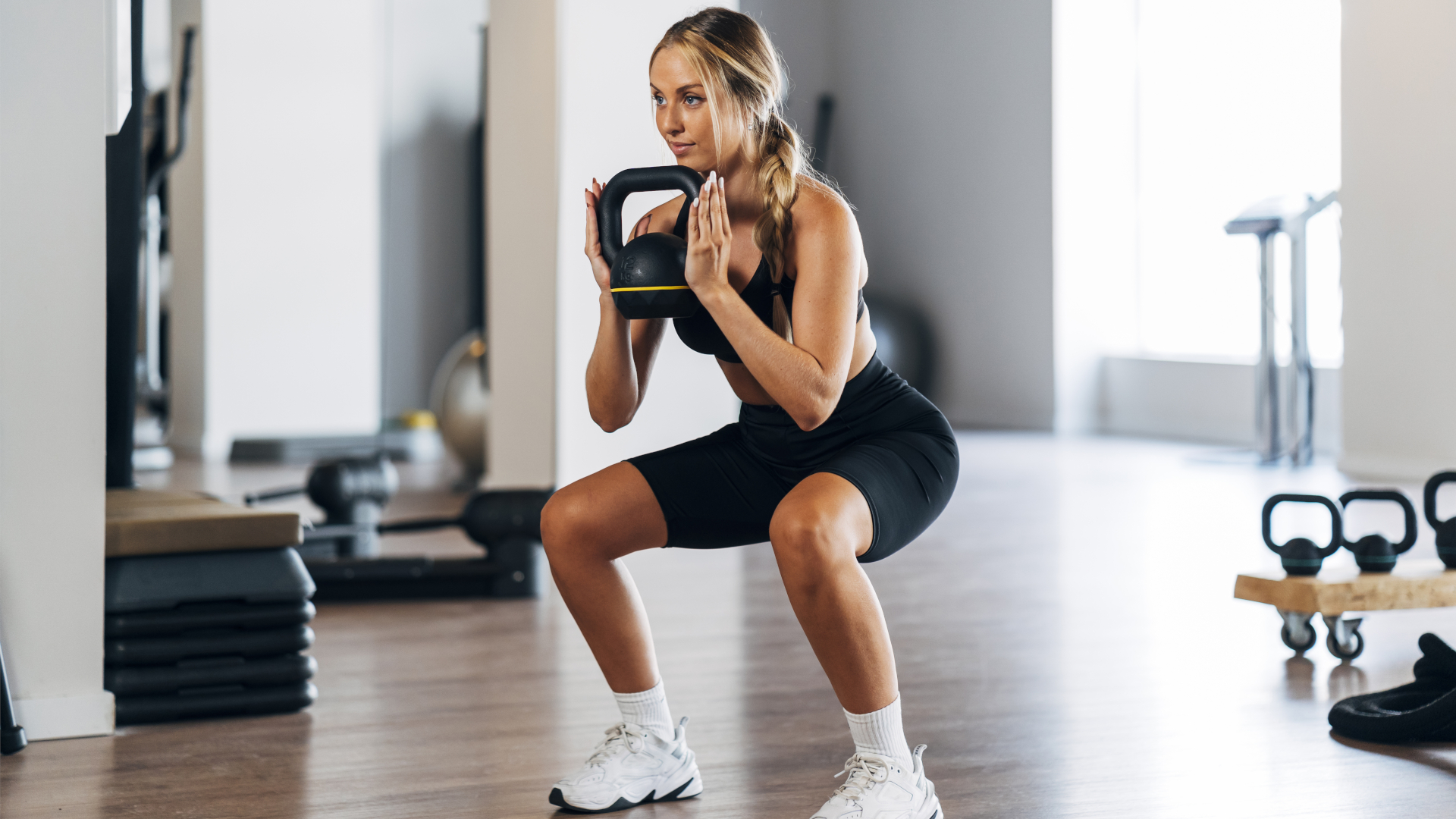
4. Load up your backpack
Whether you’re backpacking over several days or months, or just heading out on a day hike, you’re going to be carrying a backpack. That backpack will hold your food and water bottle, waterproof jacket and other clothing, a map and compass for navigation, first aid kit plus heavier items like a sleeping bag, sleeping pad and tent if you’re on a longer adventure. In other words, it gets heavy, fast.
It’s helpful to train yourself to carry a backpack beforehand, otherwise known as “rucking,” especially if you’re planning on hiking longer distances with a heavier load. Walking with a backpack can change your gait and posture a little, so you want your leg muscles to get used to operating under more load otherwise your joints will take the strain. If you’re new to hiking, begin carrying your day pack around town with a full water bottle, fleece jacket and waterproofs in it just to get used to the extra weight.
If you're training for a thru-hike, you can gradually increase the weight in your day pack by adding weights or simply adding in the gear that you’ll be carrying when it’s time to set off on your long distance adventure. It’s a good idea to increase the weight by a couple of kilos each week to give your muscles time to adapt, and to be doing core strength exercises such as plank to help you carry the load safely.
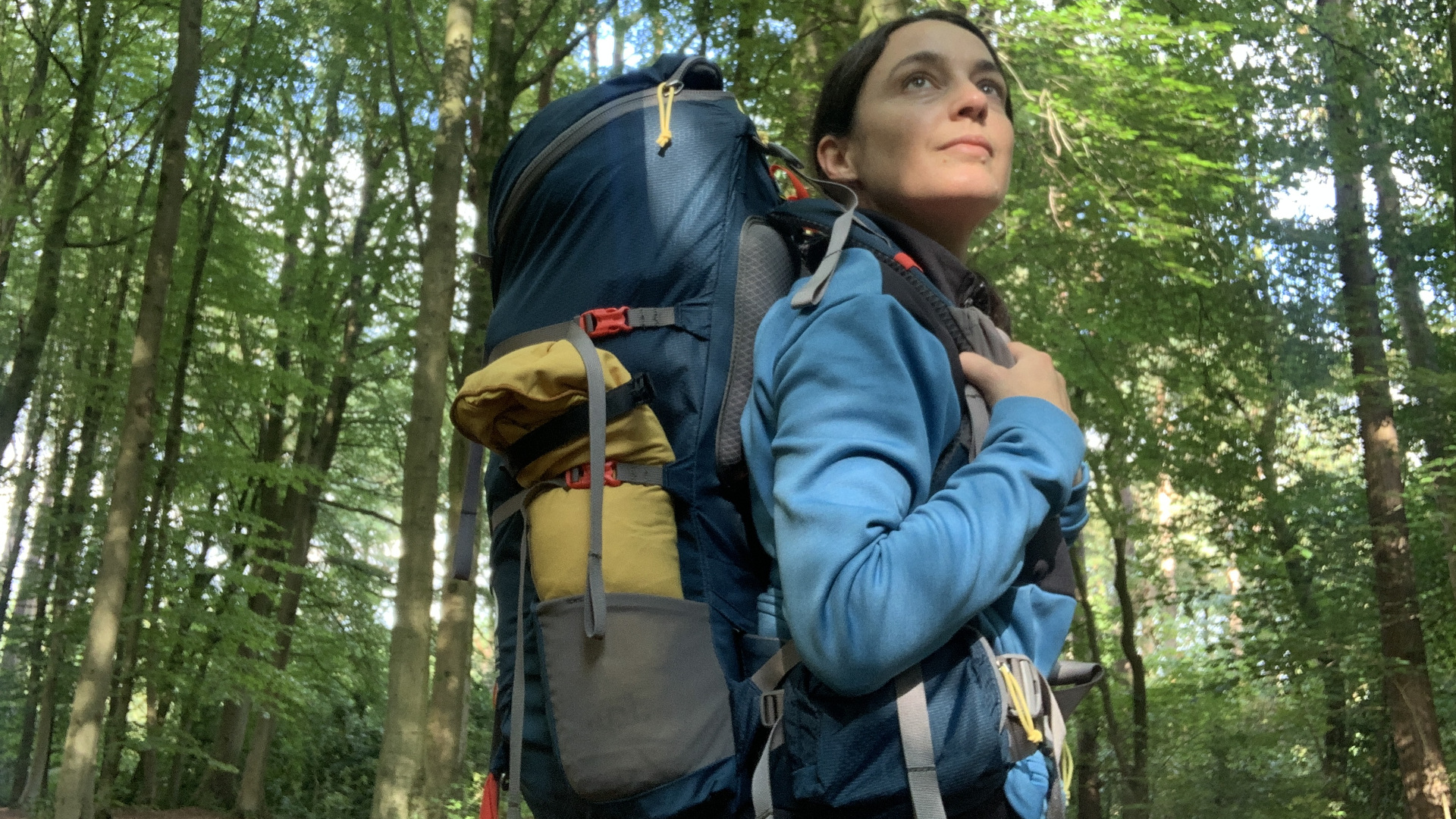
5. Gradually increase your distance
If you’re new to hiking or returning after a break, adding in more walking to your daily routine for a few weeks will be good preparation for a short hike, so plan to start out with a route that’s not more than 3 - 4 miles. From there, you can slowly increase your distances rather than start with a 10-miler.
Similarly, if you’re training for a longer hike, figure out how many miles you’ll need to travel each day and start to work your way up to that distance. Let’s say you want to cover 15 miles a day on your thru-hike, but you usually only hike 5 - 8 miles. In that case, you’re going to want to work your way up to a 15 mile day hike by adding a couple of miles a week, then make sure you’ve done several 15 mile hikes wearing the boots or shoes you intend to walk in before you set off on your long journey.

6. Practice recovery
Just as you would if you were training to run a marathon or playing a competitive sport, you should also make rest and recovery part of your training. Though functional walking every day is fine, be sure to take rest days from any strength training you’re doing, and don’t plan on doing long distance hikes seven days a week – even on a thru-hike, you’ll take days off after all. Stretch after hikes and workouts with our yoga for hiking and yoga for backpackers sequences, and check out other recovery tools such as foam rolling and sports massage. Active recovery doesn’t just give your soft tissue a chance to rest, it helps increase your endurance and cardiovascular fitness too.
Julia Clarke is a staff writer for Advnture.com and the author of the book Restorative Yoga for Beginners. She loves to explore mountains on foot, bike, skis and belay and then recover on the the yoga mat. Julia graduated with a degree in journalism in 2004 and spent eight years working as a radio presenter in Kansas City, Vermont, Boston and New York City before discovering the joys of the Rocky Mountains. She then detoured west to Colorado and enjoyed 11 years teaching yoga in Vail before returning to her hometown of Glasgow, Scotland in 2020 to focus on family and writing.

